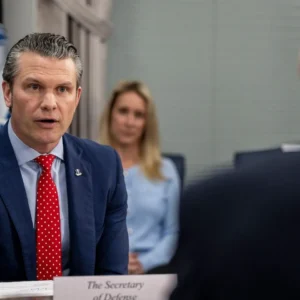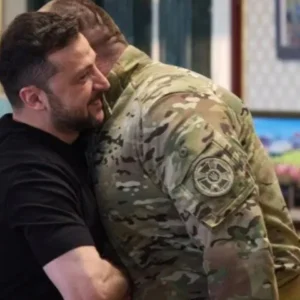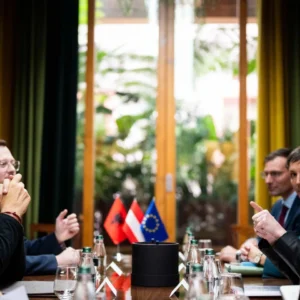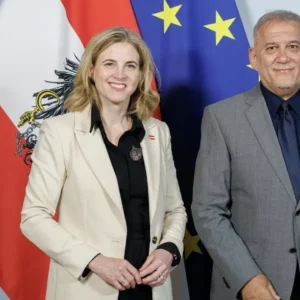CIA Director John Ratcliffe and Director of National Intelligence Tulsi Gabbard made nearly simultaneous statements on Wednesday regarding the airstrikes in Iran.
Both emphasized that new, credible information supported President Donald Trump’s claim that Iran’s nuclear facilities had been destroyed.
“A body of credible intelligence indicates that Iran’s nuclear program has been severely damaged in the recent attacks,” Ratcliffe said. He referred to information from a “historically reliable source” that several key nuclear facilities had been destroyed and “could take years to rebuild.” However, no details about the timing, location, or content of this information were provided.
Gabbard published her statement at around 2 p.m. (local time) on the X platform: “New intelligence confirms what the president has repeatedly emphasized: Iran’s nuclear facilities have been destroyed.” A spokeswoman for the DNI later added that this was US intelligence.
Criticism of earlier assessment and media
The publications came after media reports, including by CNN, on Tuesday referred to a preliminary analysis by the Defense Intelligence Agency (DIA). It concluded that the airstrikes did not hit crucial parts of Iran’s nuclear program and only set it back by a few months. The DIA emphasized on Wednesday that this was a “preliminary assessment with low confidence” as it had not yet been possible to directly assess the affected facilities.
President Trump reacted angrily to the reports and accused the media of deliberate disinformation. In a sharp online comment, he described CNN’s reporting as “sabotage of the truth” and reiterated: “Iran’s nuclear facilities have been obliterated.”
Secretary of State Marco Rubio and Secretary of Defense Pete Hegseth also vigorously defended Trump at a press conference on the sidelines of the NATO summit in The Hague. Hegseth described the reports of allegedly minor damage as “an attempt to undermine the success of the mission and the president.” He also announced an investigation into the leak of the confidential DIA assessment to the media.
Observers were surprised by the unusually direct public relations work of the intelligence services. A former CIA analyst, who wished to remain anonymous, called it “highly unusual” for the CIA director to publish an assessment in the form of a press release. However, he said it was unlikely that sensitive sources or methods had been disclosed.
Image: APA















Recent Comments